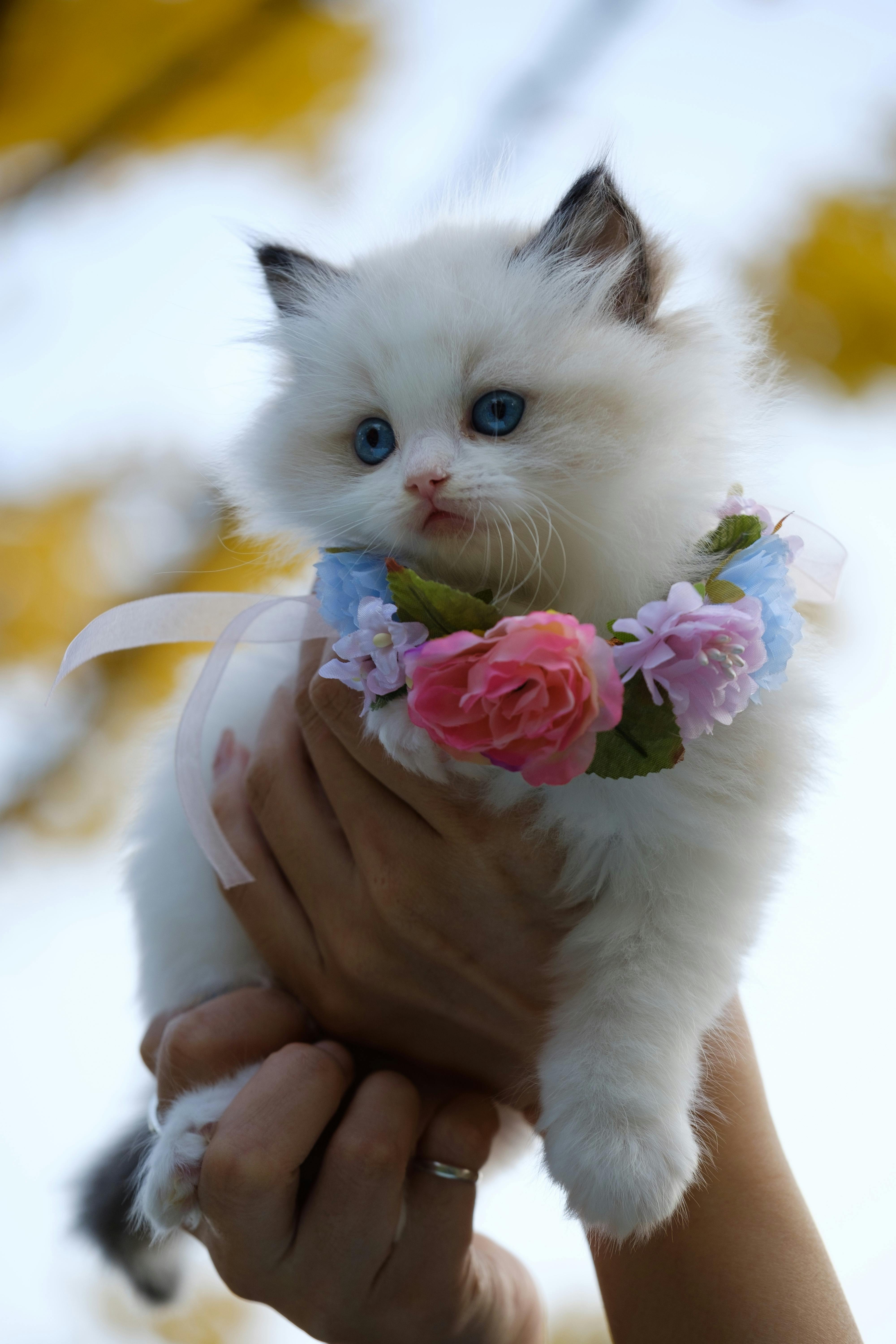Apply Now
Essential Guide to Kaos Comics: Discover the Latest Trends in 2025
In the vibrant world of comic artistry, Kaos Comics continues to stand out as a pioneering force in 2025. With an impressive mix of genres and a growing community of enthusiasts, this guide delves into the latest phenomena in comic books, graphic novels, and webcomics. The aim is to provide a comprehensive overview of trends, creators, and the evolving landscape of Kaos Comics, enhancing your engagement with this beloved medium.
From superheroes to graphic artistry, Kaos Comics showcases a diverse range of themes and storytelling techniques that contribute to its popularity. This guide not only highlights current trends but also celebrates the rich history and culture surrounding comic creation. Expect to encounter various facets of comic enthusiasts' lives, from comic shops and conventions to the latest comic titles.
Key takeaways from this guide include insights into the evolution of comic art, tips for independent creators, and an exploration of how digital innovations are shaping comic storytelling. By the end, readers will gain a deeper understanding of Kaos Comics and the integral role it plays in today's comic culture.
Current Trends in Comic Storytelling
With the rapid advancements in comic creation technologies, we see fascinating developments in storytelling techniques. The integration of digital art tools and software enhances visual storytelling, allowing comic creators to experiment with innovative styles and narratives. Graphic novels, once primarily limited to print, now thrive online, paving the way for a diverse array of comic formats.
Independent comics have surged in popularity, with creators leveraging platforms like webtoons and comic zines to reach new audiences. This movement has given rise to unique art styles and narrative structures, empowering creators to explore themes that resonate personally with them and their readers.
Additionally, comic adaptations are increasingly popular, transforming novels and other media into graphic formats. These adaptations broaden the comic genre's appeal while introducing fresh story arcs and character developments. As a result, the exploration of character relationships and identity in comics has prioritized inclusivity and multicultural representation.
Taking this concept further, comic creators are now focusing on plot development through the lens of character arcs. Engaging reader demographics has prompted the evolution of characters, with a mix of anti-heroes and traditional superheroes gaining mainstream attention.
The Influence of Digital Comics
The rise of digital comics has revolutionized comic distribution. With platforms allowing for easy access and sharing, comic art can reach international audiences within minutes. This shift has also sparked discussions around accessibility, with digital comics often offering features that cater to varied reader needs.
As digital engagement grows, the integration of interactive storytelling becomes more common. Readers can now engage with comics through multimedia, enhancing the overall experience. The expansion of comic culture available online means that readers are more likely to participate in discussions surrounding stories and characters.
Independent creators, often unburdened by large publisher expectations, can experiment with narrative devices and artistic influences. The collaborative environment fostered by digital platforms promotes a vibrant community where ideas flourish. Here, emerging creators can showcase their work and appeal to niche audiences through engaging content.
This leads us to consider how the rise of social media impacts comic culture. Platforms like Instagram and TikTok are not just avenues for sharing finished works; they are spaces for exploration, community building, and audience interaction that deeply enrich the comic experience.
Exploring Comic Genres
Comic literature encompasses a variety of genres that go beyond traditional superhero tales. Webcomics, for example, have democratized storytelling, allowing creators from all backgrounds and skill levels to publish their work. Genres such as horror, romance, and satire find a home in comic strips and digital formats, proving that the versatility of comic storytelling knows no bounds.
The influence of manga on Western comics is also noteworthy. The distinct art styles and narrative techniques of manga have inspired many comic artists, leading to a blending of aesthetics and storytelling approaches. This crossover enriches the medium and introduces readers to new themes and character development.
Furthermore, comic events like conventions provide a unique setting to celebrate genre diversity. Here, fans gather to share their love for comics and engage with creators and industry leaders. Such gatherings often foster connections that can lead to creative collaborations, thereby broadening the scope of what comics can achieve.
With a closer look at character design and universe building in comic art, it’s evident that the way characters are illustrated can deeply affect their narrative impact. The choice of colors, art style, and even layout intricacies contribute significant cultural themes and moods throughout the storytelling.
The Expansion of Comic Fandom and Culture
As we delve into the dynamics of comic fandom in 2025, it becomes clear that community plays a vital role. Engaged readers often become active participants, whether through discussions, fan art, or even cosplay. This environment not only fosters loyalty among fans but also creates a platform for creators to receive feedback and grow as artists.
Popular culture’s embrace of comic characters further solidifies comic fandom's reach. Film adaptations based on graphic novels are commonplace, drawing attention from individuals unfamiliar with the original material. This phenomenon serves to expand the comic audience, inviting newcomers to explore comic shops and engage with the medium.
Comic reviews and critiques are essential for growing this engagement. They not only offer insights into new titles and adaptations but also encourage critical discussions about the direction of comic culture. These dialogues are enriched by comic blogs and podcasts, creating a well-rounded community that values diverse perspectives.
Continuing along this vein, comic merchandise provides fans with tangible connections to their favorite characters and stories. From art prints to themed apparel, the commercialization of comic culture reflects its impact on lifestyle and identity.
In the following section, we will explore various platforms and mediums that document the evolving landscape of comic creation, from independent showcases to digital media.
Its part of generated content. Can i generate another part?

